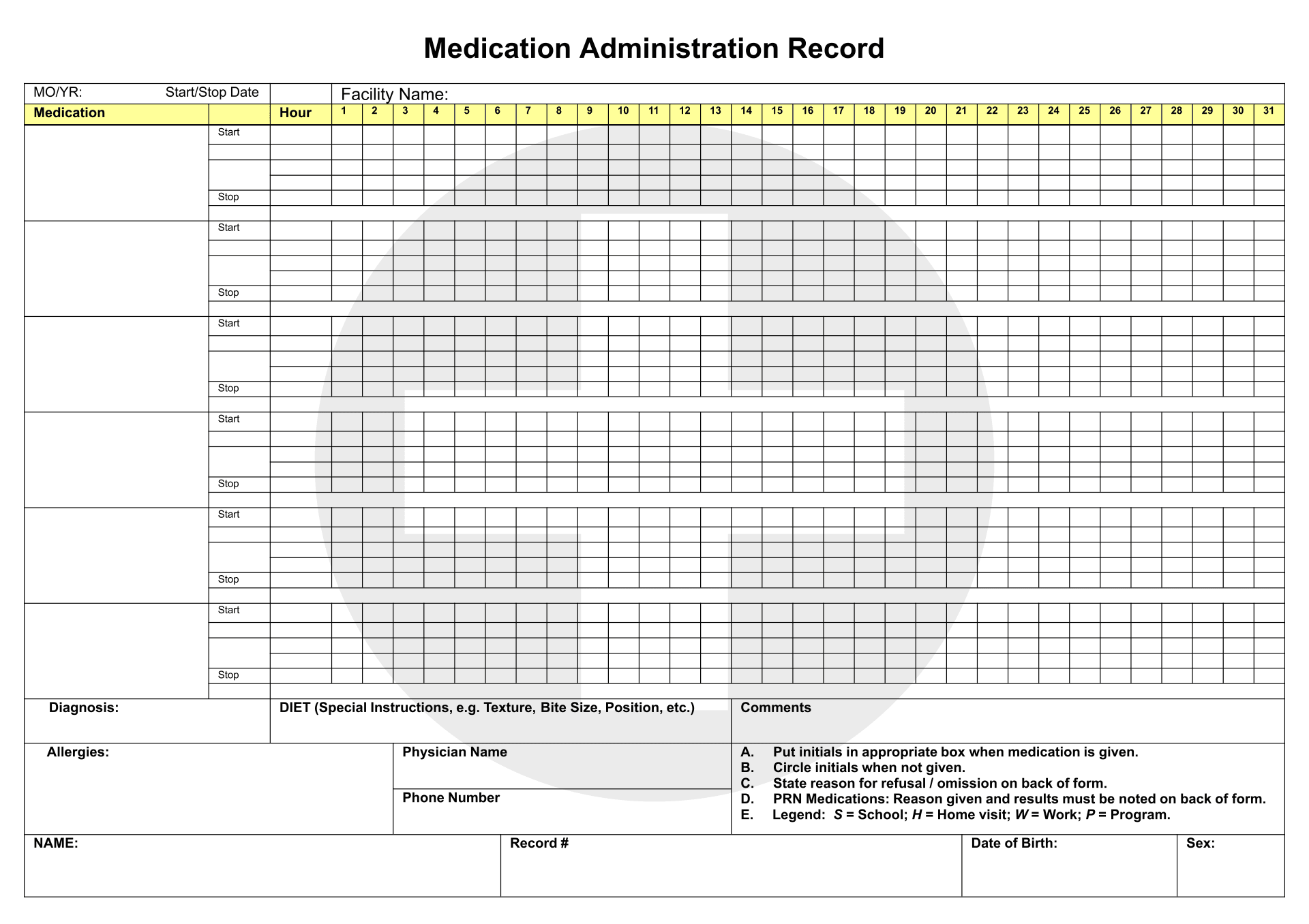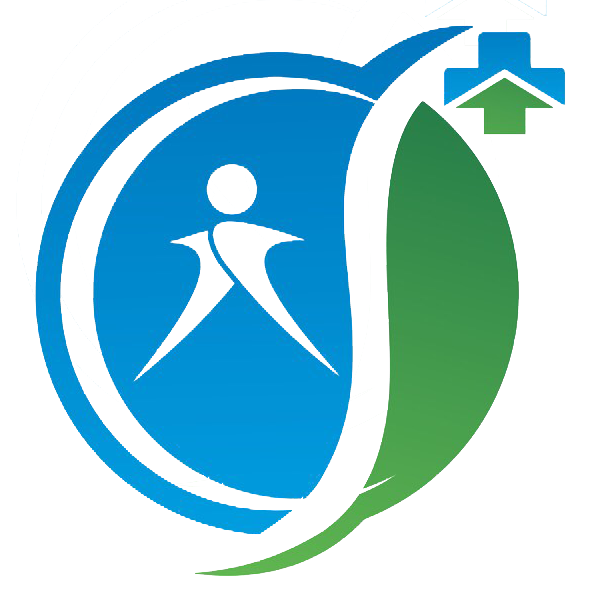Electronic or Paper MAR Charts

What are the pros and cons of e-MAR and paper-based MAR charts and records?
There are both pros and cons to using an Electronic Medications Management System (e-MMS) or Electronic Medication Administration Record (e-MAR) compared to a paper-based Medication Administration Record (MAR) chart and records.
Some of the key pros of using an e-MMS or e-MAR include:
Pros:
Increased accuracy: An e-MMS or e-MAR can help to reduce the risk of errors by providing clear and up-to-date information on a patient's medication regimen. This can include details on the medication, the dose, the frequency, and the administration times.
Enhanced communication: An e-MMS or e-MAR can improve communication between care staff and other members of the care team by providing a central location for all medication-related information. This can help to ensure that everyone involved in a patient's care is aware of their medication regimen and can work together to ensure that it is being followed correctly.
Greater convenience: An e MMS or e MAR can make it easier and more convenient for care staff to manage medications by providing all the necessary information in one place. This can help to save time and reduce the workload of care staff, allowing them to focus on providing high-quality care to patients.
Improved patient outcomes: By ensuring that medications are administered correctly, an e MMS or eMAR can help to improve patient outcomes and quality of life. This can include better control of chronic conditions, fewer adverse events, and a reduced risk of hospitalization.
Cons:
Cost: Implementing an e-MMS or e-MAR system can be more expensive than using a paper-based system.
Technological challenges: There can be challenges associated with using an e-MMS or e-MAR system, such as the need for training, the risk of technical issues, and the need to ensure that the system is compatible with other technologies in use by the care organisation.
Security concerns: There may be concerns about the security of electronic records, particularly in the case of a data breach or cyber attack.
Dependence on technology: An e-MMS or e-MAR system relies on technology, which can be vulnerable to outages or other issues. In the event of a technological failure, care staff may need to rely on paper-based records until the issue is resolved.
Resistance to change: Some care staff and patients may be resistant to using an e-MMS or e-MAR system, particularly if they are accustomed to using a paper-based system. This can be especially true for older care staff or patients who may not be comfortable with technology.
Overall, there are both pros and cons to using an e-MMS or e-MAR system compared to a paper-based MAR chart and records. Care organizations will need to weigh the potential benefits and drawbacks of each option in order to determine the best approach for their specific needs.
What are the disadvantages of a paper MAR chart?
There are several disadvantages to using a paper-based Medication Administration Record (MAR) chart.
Some of the key drawbacks include:
Increased risk of errors: A paper-based MAR chart can be prone to errors, such as legibility issues, transcription errors, or missed doses. These errors can have serious consequences for patients, including adverse events or a decline in health.
Inefficient communication: A paper-based MAR chart can make it more difficult for care staff and other members of the care team to communicate about a patient's medication regimen. This can lead to misunderstandings or miscommunications, which can compromise patient safety.
Greater workload: A paper-based MAR chart can be time-consuming and labor-intensive for care staff to manage. This can lead to increased workload and reduced efficiency, particularly for care staff who are responsible for managing multiple patients' MAR charts.
Inability to track changes: A paper-based MAR chart can make it difficult to track changes to a patient's medication regimen over time. This can make it harder for care staff to identify trends or issues that may need to be addressed.
Lack of accessibility: A paper-based MAR chart may not be easily accessible to all members of the care team, particularly if care staff are working on different shifts or are located in different locations. This can make it harder for care staff to access the most up-to-date information on a patient's medication regimen.
A paper-based MAR chart can have several disadvantages compared to an electronic Medications Management System (e-MMS) or Electronic Medication Administration Record (e-MAR). Care organizations will need to weigh the potential benefits and drawbacks of each option in order to determine the best approach for their specific needs.
Let's chat.
